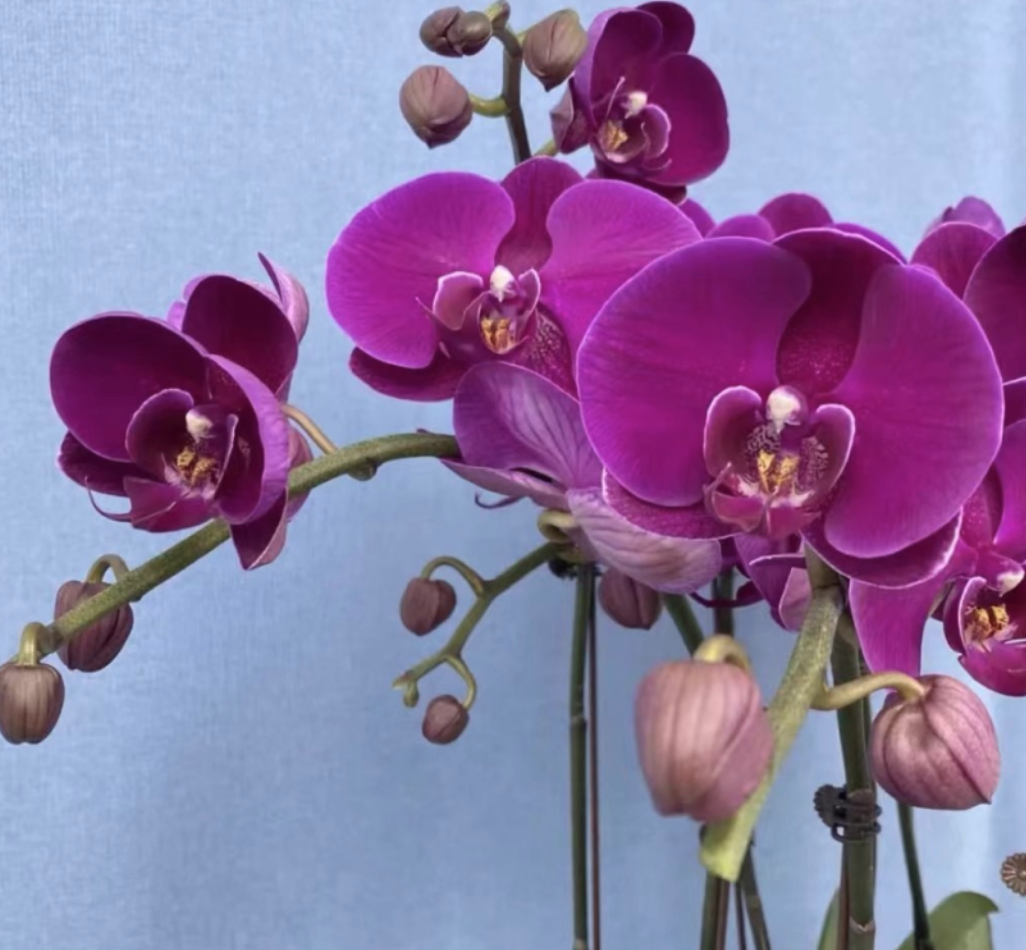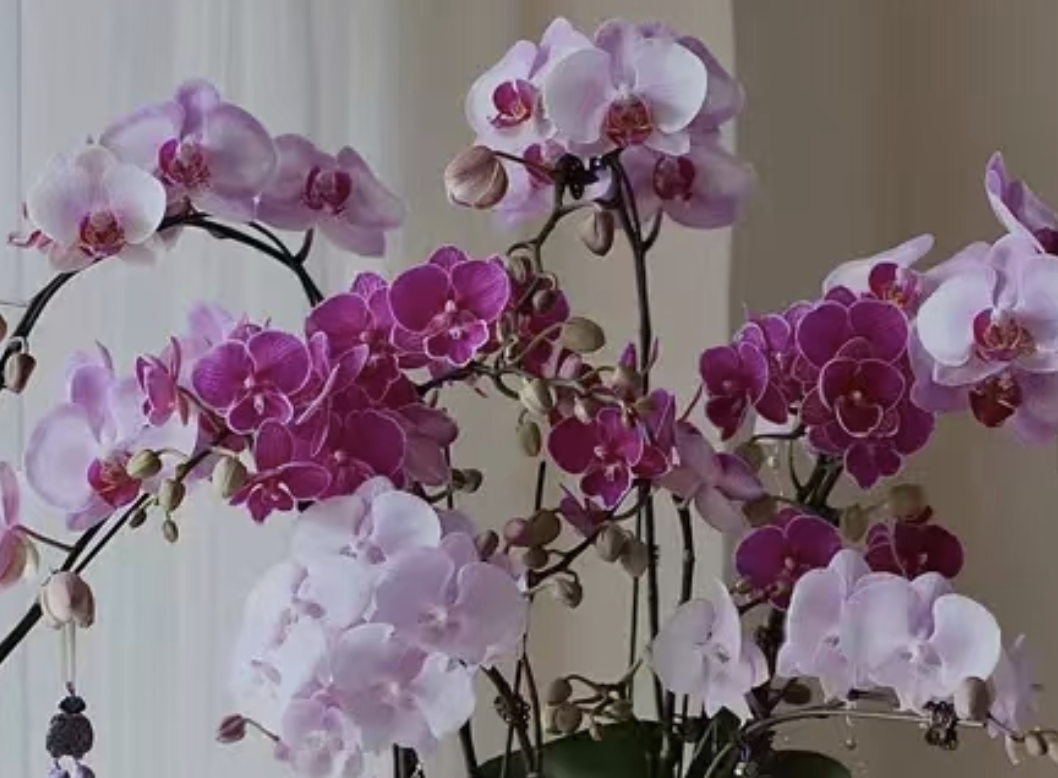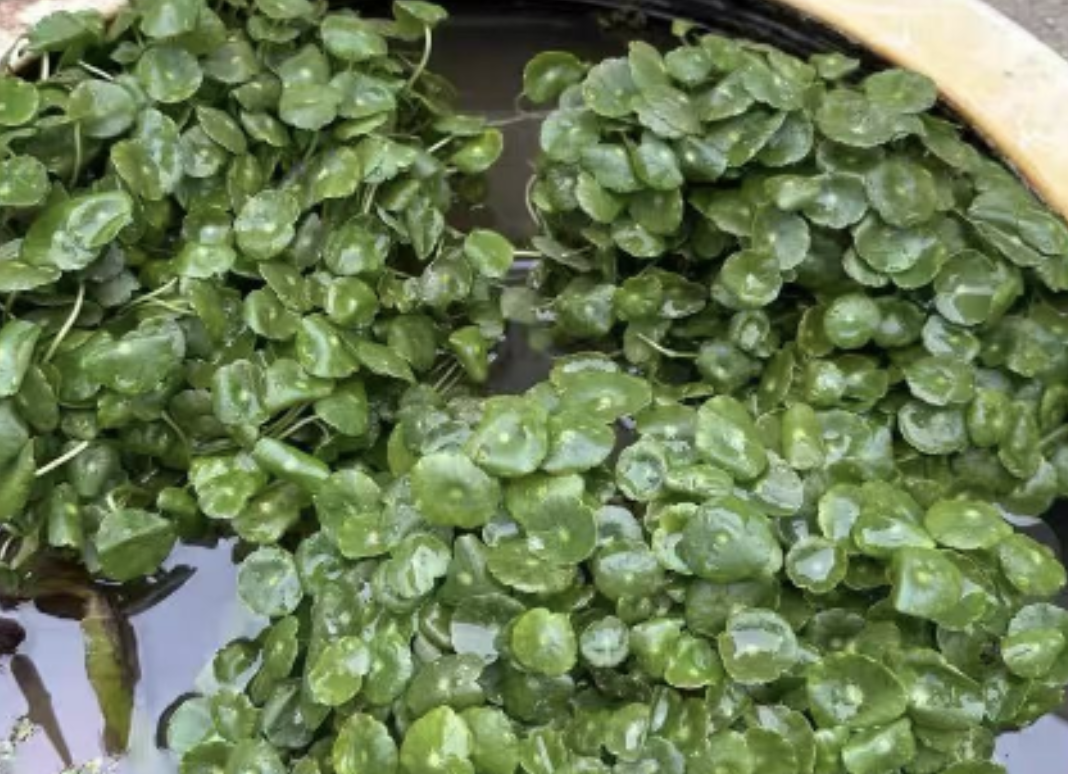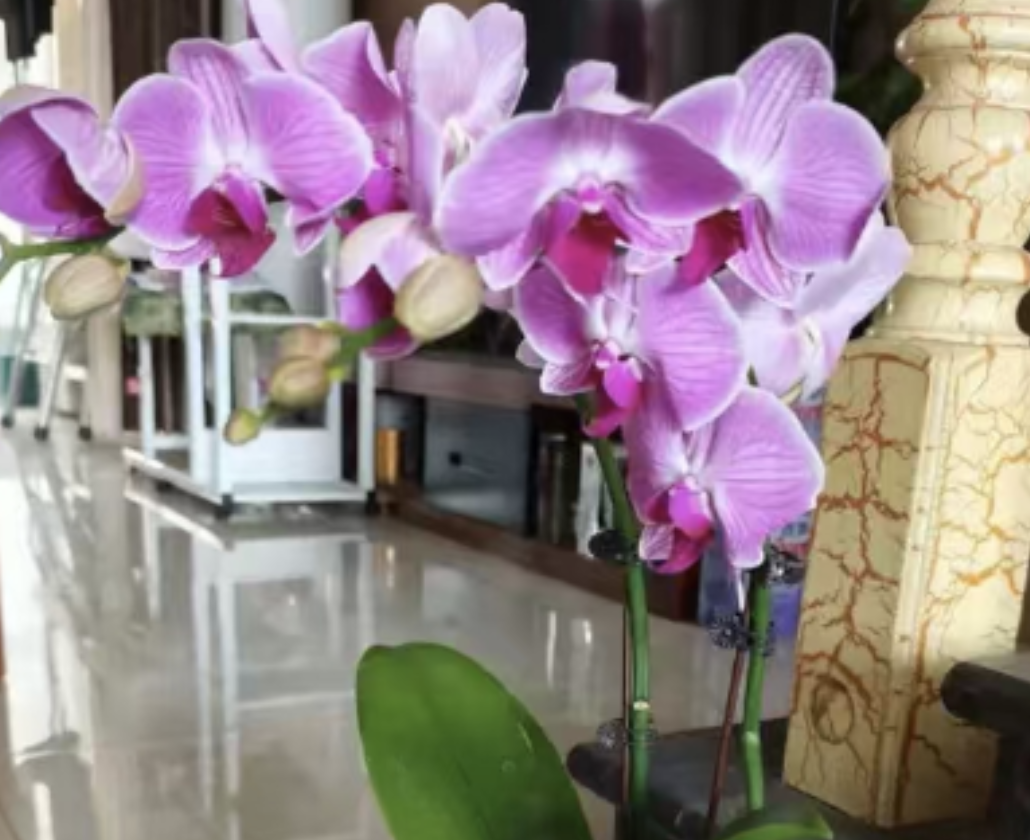Known as the "Flower Princess", Phalaenopsis has won the favor of many flower enthusiasts with its elegant posture and charming fragrance. However, during the process of taking care of Phalaenopsis, what's the matter if Phalaenopsis suddenly doesn't bloom? How can we make Phalaenopsis bloom better?
Just imagine, if there is a pot of Phalaenopsis on a sunny balcony or windowsill. Its leaves are full of lush greenery, but the flower buds always cannot open as expected. At this time, will you be anxious and puzzled? Don't worry. In fact, to make it bloom in an orderly manner, you just need to "proceed step by step".
First of all, in terms of lighting, Phalaenopsis likes bright diffused light. At this time, flower enthusiasts can see if their placement is appropriate and observe if there is direct sunlight facing it. If there is, correct the position in time. If there is insufficient light, the flowers will also be difficult to bloom. At this time, it is recommended to buy a special orchid lamp for it to provide light.
Secondly, in terms of watering methods. The roots of Phalaenopsis are chubby. This is mostly due to the formation in the tropical rainforest environment. This shows that it has a better water storage mechanism. If too much water is given during daily watering, it may cause the roots to rot. When there is a lack of watering, the yellow leaves will turn yellow and dry. Therefore, it is recommended to use the watering method of "watering when dry and seeing wet". Each time, you can touch the soil condition with your hand and then water. After watering well, check if there is accumulated water at the bottom of the pot. If there is, pour it out in time.
Then there are the nutritional elements supplied to the plant. Generally speaking, different nutrients need to be given between the growth period and flowering period of Phalaenopsis. For example, during the growth period, nitrogen fertilizers, humus fertilizers, etc. need to be emphasized, which can stimulate leaf growth. Before the flowering period, phosphorus and potassium fertilizers can be added to promote flower bud differentiation and flower opening. In non-growing seasons, fertilization can be reduced or stopped. In general, nutrition is the main basis for giving Phalaenopsis blooming flowers.
Finally, Phalaenopsis is sensitive to temperature changes. The temperature varies in all four seasons. Therefore, during maintenance, follow its growth temperature between 18 and 28 degrees Celsius. If the temperature exceeds 30 degrees Celsius, the plant may enter a dormant state and stop growing. At this time, appropriate shading and cooling are needed. If the temperature is too low, it will affect the life of the whole plant. At this time, pay attention to thermal insulation measures.
What conditions are needed for Phalaenopsis to bloom?

Share with
Tagged in :




Leave a Reply